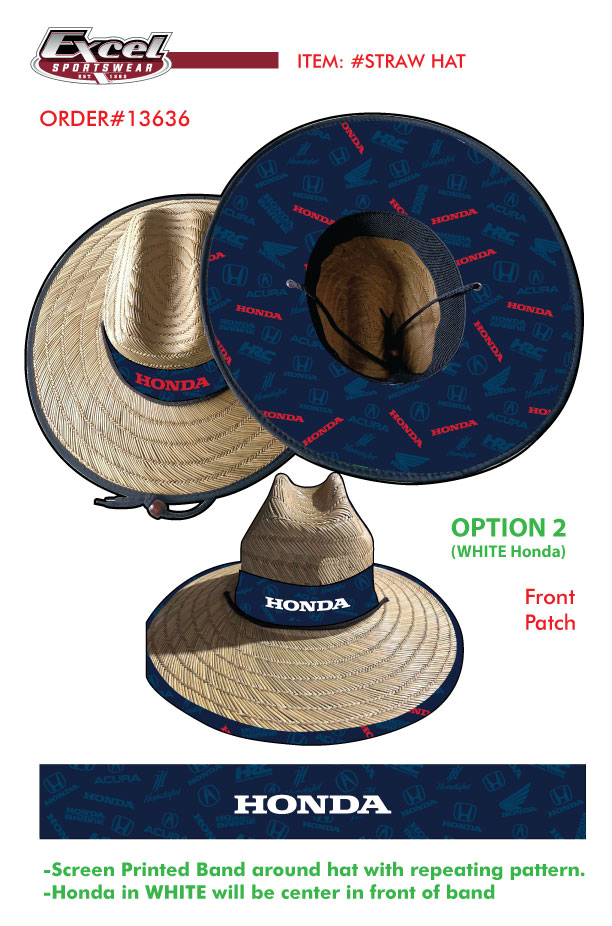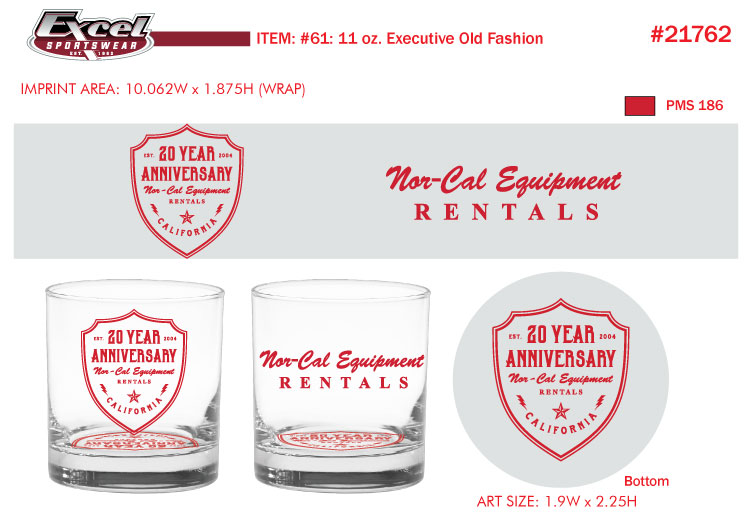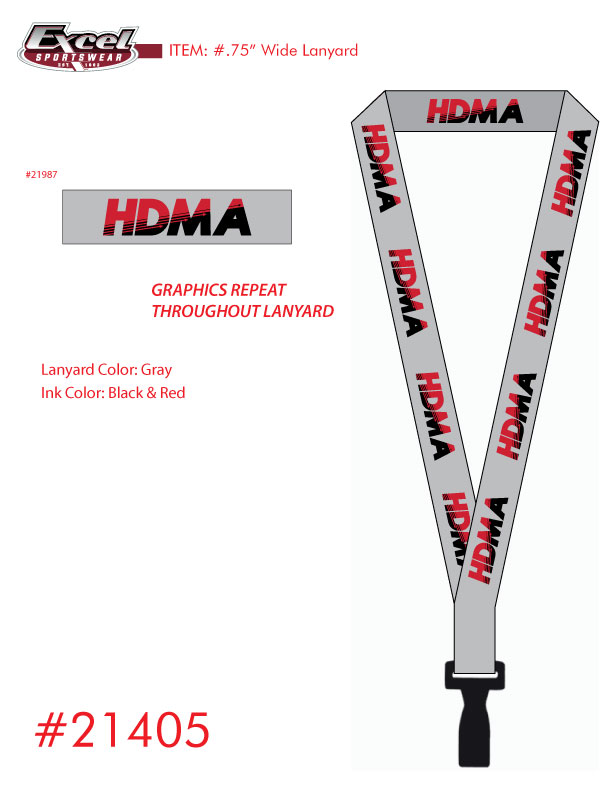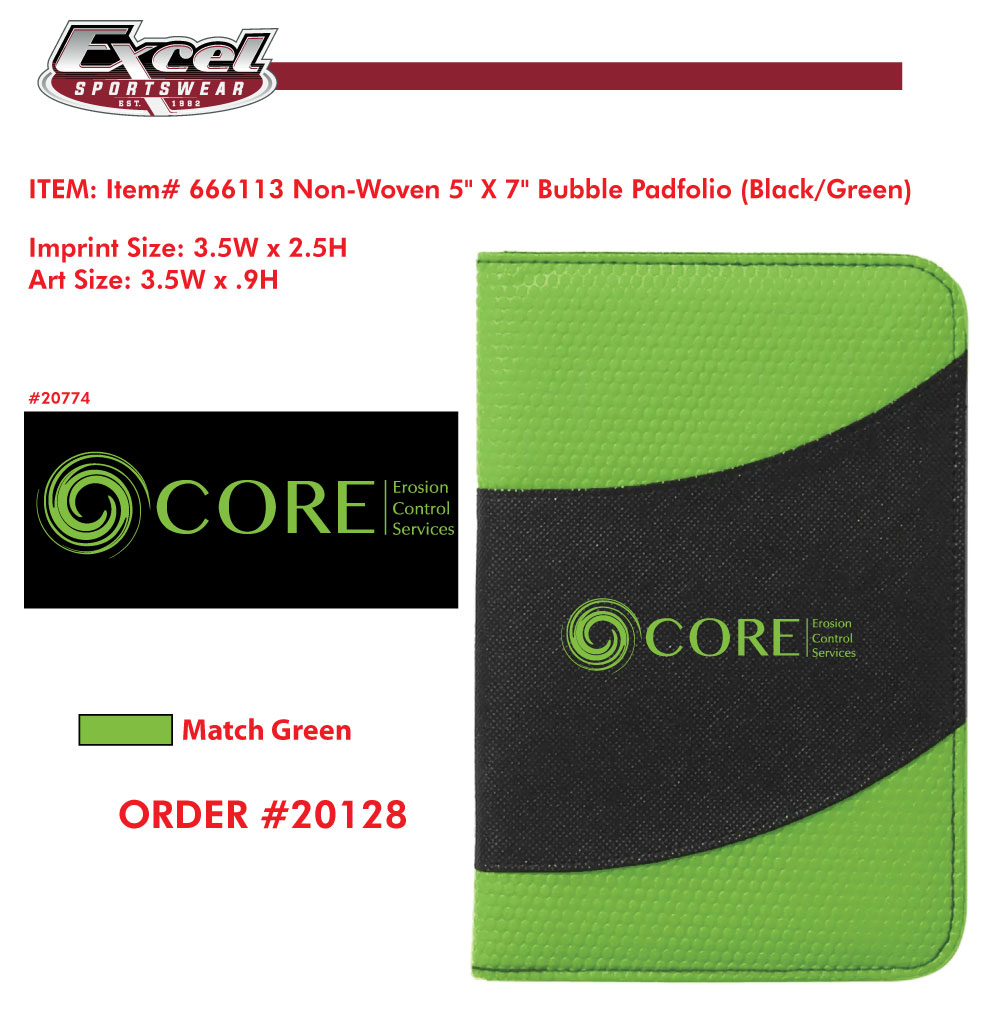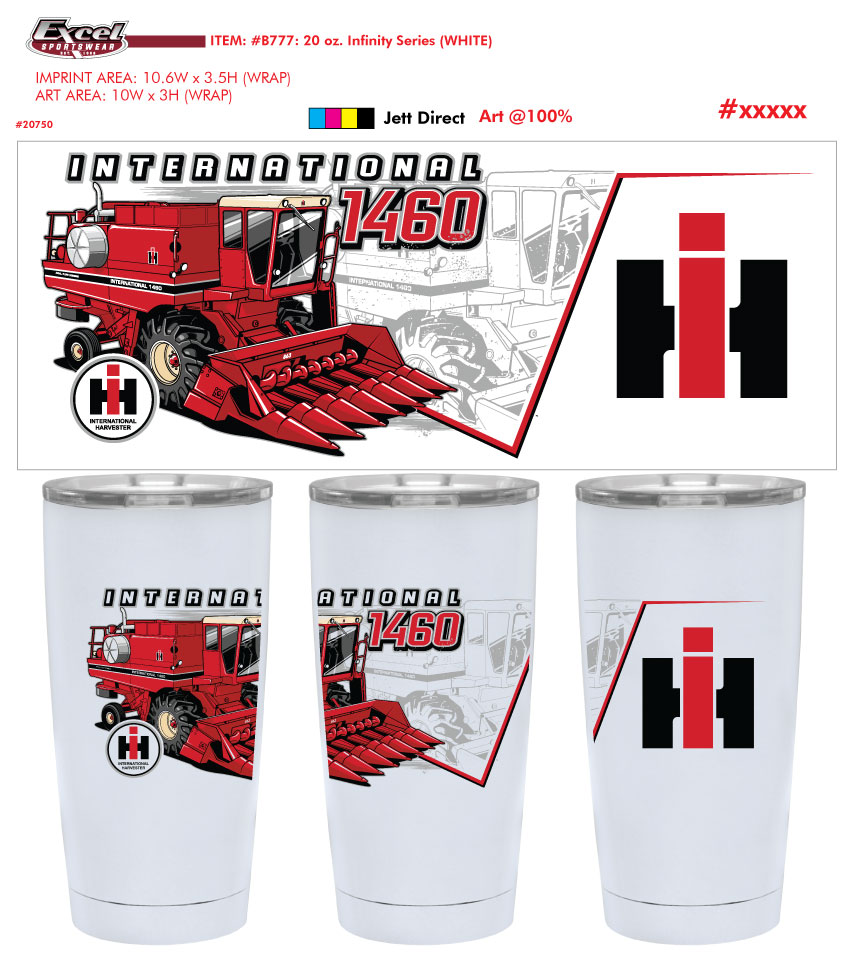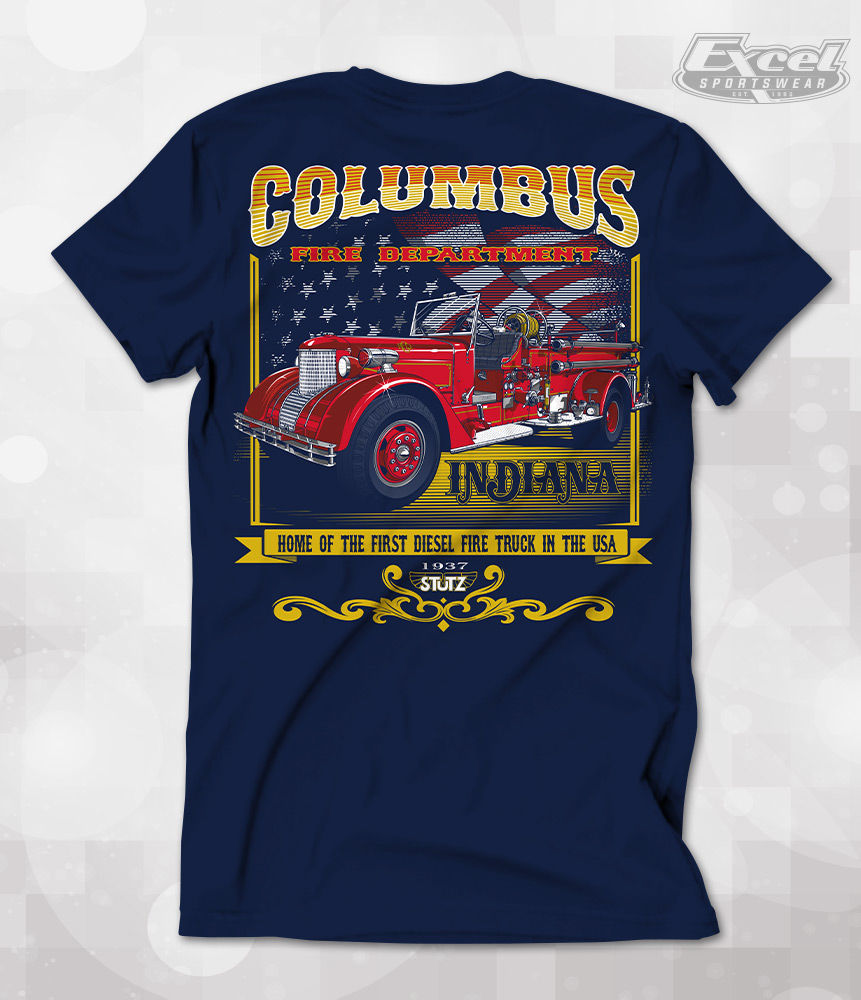Screen Printing – A 1,000-Year Old Art Form
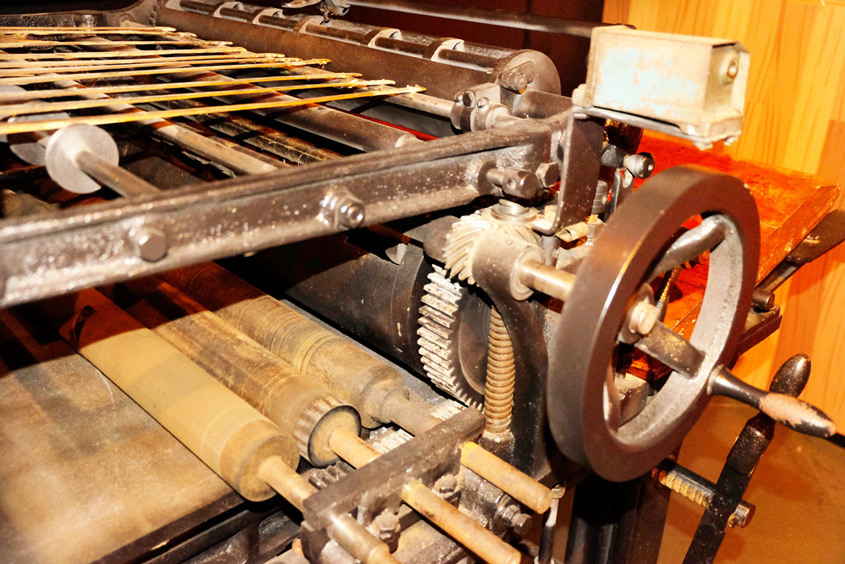 Screen printing has been around for a long time. Over 1,000 years in fact! In our three-part blog series, we are going to take an in-depth look at the history of screen printing, to better learn more about where the process originated and how it got to where it is today.
Screen printing has been around for a long time. Over 1,000 years in fact! In our three-part blog series, we are going to take an in-depth look at the history of screen printing, to better learn more about where the process originated and how it got to where it is today.
Most of us have drawers and closets full of screen printed t-shirts!
Screen printing is a method used to decorate t-shirts and other garments that can advertise a business, unify employees or students, promote a club or group. It can convey a message, preserve a memory, confess the love for something, announce you ran in a charity event, or showcase your favorite band – really, just about anything you dream about can be screen printed onto a shirt.
While we might have plenty of screen printed t-shirts in our dresser drawers, how many of us can explain what screen printing is and how it works?
Writer’s note: Since it is the most recognizable garment to be screen printed we will be referring to screen printed t-shirts throughout this blog. Although, in addition to t-shirts, screen printing is quite popular for embellishing various garments such as hats, hoodies, jackets, sweatshirts, glassware and more.
The Early History of Screen Printing
Screen printing, also called silk screen printing, is a distinct printing technique where ink is transferred onto a substrate (e.g., a t-shirt) using mesh and a squeegee. It’s considered a method of stenciling as it is produced by imposing the design on a screen with blank areas of the design coated with a substance the ink cannot pass through. Then, the printer forces the ink through mesh openings with a squeegee and transfers the design onto the print surface.
Many assume that because this design technique is so prevalent today, it must be contemporary. However, screen printing originated in the Song Dynasty in China between 960 and 1279 CE. The Song Dynasty – credited with being the first nation to issue paper money – stands as an era that witnessed advancements in painting and other forms of artistic expression.
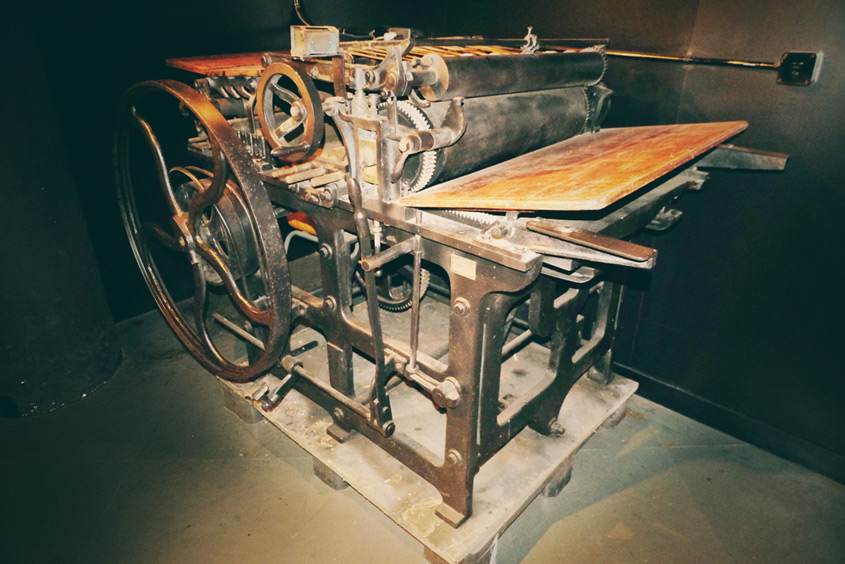 The Chinese were known to stretch human hair across a wooden frame to serve as the mesh screen for printing. For stencils, they used leaves. Years later, the Japanese modified the practice, using silk as the screen, thus the term “silk screening.”
The Chinese were known to stretch human hair across a wooden frame to serve as the mesh screen for printing. For stencils, they used leaves. Years later, the Japanese modified the practice, using silk as the screen, thus the term “silk screening.”
Fun fact: Screen printing developed after its ancestor, stenciling. Roughly 40,000 years ago, early humans created hand stencils that cover the walls of European caves.
Screen printing finally hit Western Europe in the 18th century but didn’t catch on right away since it was difficult to find silk mesh at the time. As such, the method was used mostly to decorate clothing, walls and other objects.
One (or More) Giant Leap(s) For Screen Printing
The next big leap would come in the early 20th century when Englishman Samuel Simon patented the screen printing process. His patent referred to the use of a silk screen, which guaranteed a higher tensile strength and better size stability. He also used rubber blades, or squeegees, to push the ink through the screen, a tool that is still used today. Initially, Simon’s method was employed to print high-quality custom wallpaper or to print on silk or linen material, more suited to the period’s affluent folks.
Several years later, screen printing would undergo further adjustments as printers began experimenting with photo-reactive chemicals that reacted to light and combined them with gelatin to create a more defined look to their applications.
It was in this period that artists coined the word “serigraphy,” derived from the Latin word seri (silk) and the Greek word graphein (to write) to describe the medium to distinguish it from commercial screen printing.
In the 1930s, the National Serigraphic Society was formed to help signify this difference between screen printing in industrial applications and screen printing as art. An American artist, Guy Maccoy was credited with creating the first original work of art using screen printing as a legitimate format rather than just using it for reproductions.
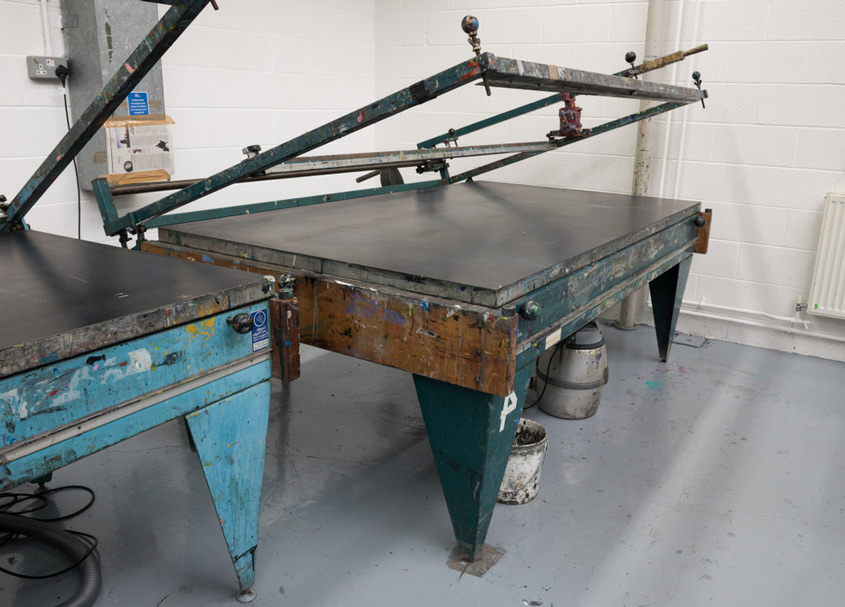 During the New Deal era, the WPA helped create thousands of silk-screened posters depicting different areas of the country, enticing people to visit various states, national parks, and other landmarks. They also displayed public health messages, federal programs, as well as theater and musical performances.
During the New Deal era, the WPA helped create thousands of silk-screened posters depicting different areas of the country, enticing people to visit various states, national parks, and other landmarks. They also displayed public health messages, federal programs, as well as theater and musical performances.
Fun fact: The first promotional t-shirt was printed for the movie “The Wizard of Oz.” The shirts were distributed in 1939 and featured a simple design with the name of the film and the iconic text font.
Screen Printing as Propaganda
The use of screen printing grew during the Second World War for the common practice of wartime propaganda and continued as a popular form of print and media once the war ended.
However, nearly every screen printing technique was kept confidential and protected as a “trade secret” for much of the twentieth century. It wasn’t until the early 1960s that the technologies would come into the public’s eye.
Most persons in the industry now credit Pittsburgh native Andy Warhol for bringing screen printing into the mainstream with his famous screen printed depiction of Marilyn Monroe in 1962. Ironically, in the same year, the National Serigraphic Society closed its doors due to a lack of interest.
But there was still another major issue that had to be addressed before screen printing would experience a “boom”: the screen printing process was too slow to implement on a mass scale.
